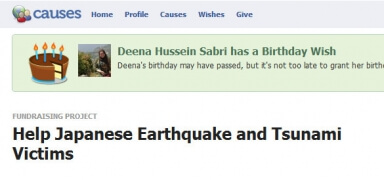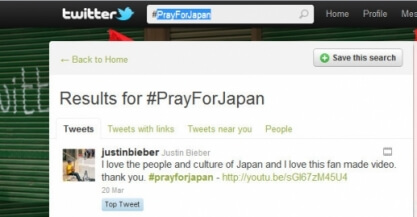A few days ago I found myself having to explain why ‘a movie of those downloaded in Peer to Peer is often incompatible with the DivX player .
The evolution of coding algorithms. We try to rebuild a bit ‘of history … this is the first episode.
This section provides information that may be of interest to those who are ‘born twenty years ago and still provides some useful information for understanding the evolution of encoding formats.
As in fairy tales, there was once the analogue television. Then, towards the end of the 80 parties’ initiative JPEG (Group of Experts on the photograph) which produced the standard for encoding of still images also take over the fax, even though age was – rightly – considered inappropriate to the qualitative requirements of the time. Almost simultaneously share ‘initiative MPEG .
Late 80s: the birth of digital television.
Qualitative standards at the beginning were not as these of todays (l ‘ MPEG1 had as an objective quality ‘similar to VHS). The video encoded in MPEG1 was not interlaced and had a maximum size of 352×288 (called CIF , PAL quarter of the ordinary). Today mobile phones are some incredible things, but at the time the algorithm was at the limit of usability practice. To compress an hour of video in MPEG-1 needed a full day of a PC based on Intel 386. The only chance ‘to make real-time compression was to use computational cards based on the same chip designed to compress JPEG images (called RISC processor array), but’ were not available before 1993.
In reality ‘for some things the VHS was far exceeded. On the other hand the ‘mp3 in reality’ is an audio format of’ MPEG1 (layer 3, in fact).
The MPEG-1 had the goal of putting an hour of video on a CD. But the quality ‘was low, particularly if quadrupled to fill a television screen. In fact, the Video CD was a major flop. The guru of the relevant market, however, ‘that digitization would allow to reach out directly to homes hundreds of programs instead of a few analog channels (on the same transponder carrying an analog channel, it can carry 6-8 digital programs).
Then the MPEG – which collects contributions from anyone and algorithms – produced the first transport stream MPEG-2 standard from the then recent satellite interconnection ETSI, and then generalized ‘processing of the video (allowing you to handle interlaced video, what we see on our television sets).



